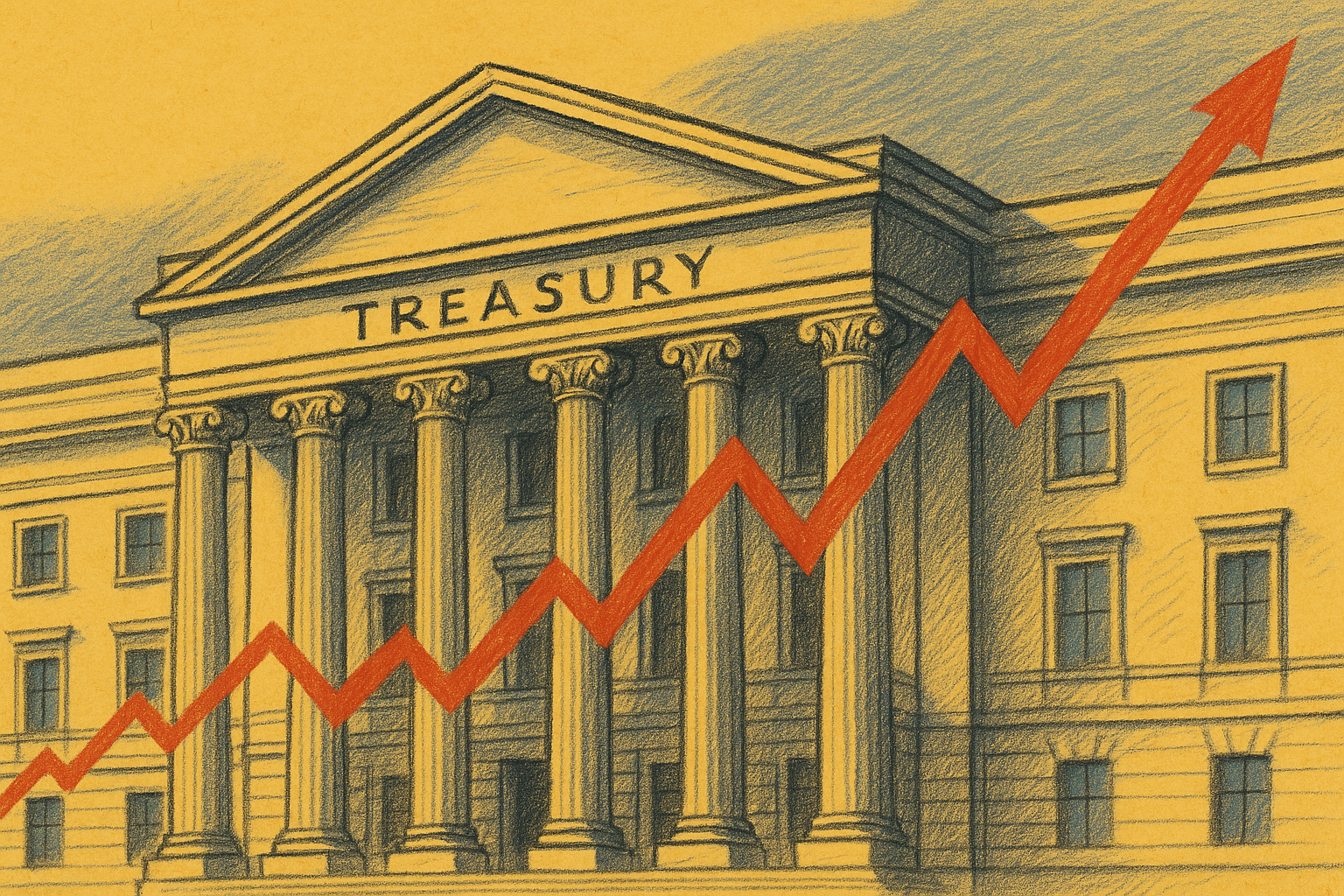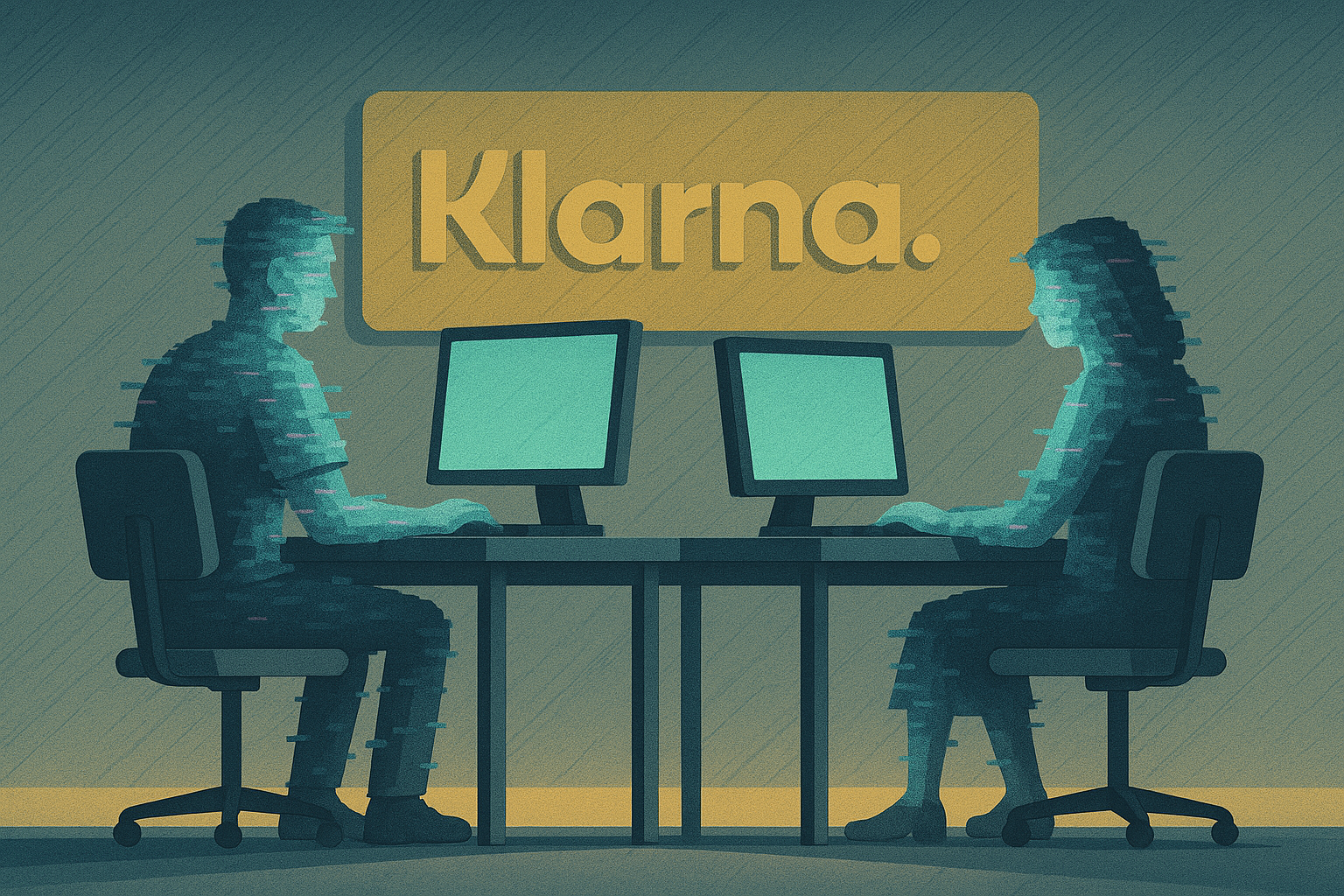
When Canva disclosed in April its plans to decrease its technical writing team, many in the industry were caught off guard. This action followed the Australian tech powerhouse’s recent focus on incorporating generative AI technologies into the workflows of its employees, which some considered to be experimental.
The cut of 10 to 12 technical writing positions was not explicitly described as a cost-saving initiative. Instead, Canva indicated it was a transformation in its documentation production approach, utilizing AI to empower developers to autonomously generate and handle content. This change is seen as a major transition for those impacted and for many in the industry.
Duncan Clark, who heads Canva’s European operations and previously managed its global partnerships, told City AM: “It’s not about AI replacing human jobs; it’s about reimagining how work is accomplished and pinpointing where human contribution is crucial.” He went on to say: “A human touch is always needed for creating, refining, and upholding brand specifics or local adaptations. If the process can be accelerated, that’s generally a good thing.”
Clark underscored Canva’s dedication to nurturing collaborative creativity with individuals, despite the remarkable advancements in tools over the last year.
Canva has witnessed substantial growth, with 230 million monthly active users across 190 nations. Its clientele includes more than 95% of Fortune 500 firms such as DHL Express and Salesforce, which has successfully cut its design expenses by 66% using Canva. The platform is also widely employed in the education realm, with over 80 million students and educators from 800,000 schools worldwide.
However, Canva’s vigorous venture into AI has faced criticism. Its AI features, like the Magic Design, a video editing tool powered by AI, have been used over 16 billion times. The firm has also acquired several startups to bolster its AI functions, including image-generation startup Leonardo.ai and Affinity, which is recognized for its creative tools as alternatives to Adobe, to cater to a wide range of design needs from novices to specialists.
This AI growth has complicated Canva’s public persona as a people-centric platform. Additionally, the layoffs have raised broader worries concerning AI’s influence on creative jobs.
These changes occur amid ongoing industry discussions about the implications of copyright in AI. Notably, public figures like Sir Elton John, alongside over 400 signatories, have condemned the government for allowing AI tools to be trained on copyrighted content without authorization or compensation. In a letter to policymakers, they contended that such actions constitute “theft”. Sir Elton John also expressed to the BBC that this undermines the creative rights and livelihoods of young individuals.
Meanwhile, leaders in the creative sector have called upon Prime Minister Keir Starmer to ensure that regulations keep pace with technological advancements. They are concerned that the current framework might weaken the UK’s standing in the realm of creative rights.
In reply, Clark asserted that Canva places a high priority on community-driven content. He pointed out that content creators on Canva benefit from a revenue-sharing arrangement, and with the advancements in AI, contributors can opt to include their templates in AI training.
Despite internal transformations, Canva remains committed to localizing its offerings and investing in talent. The UK team, now nearly 200 strong, acts as the European headquarters, generating over 20 million designs monthly. Nevertheless, the company’s aim to “democratize design” has ignited discussions regarding the consequences of automation on its workforce, although Clark reassured that Canva’s model accommodates marketers adapting alongside AI, rather than being supplanted by it.




